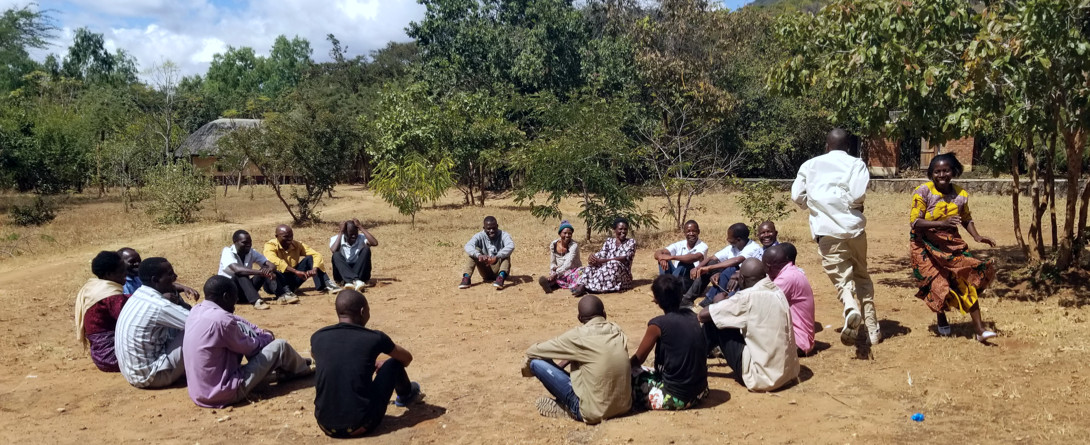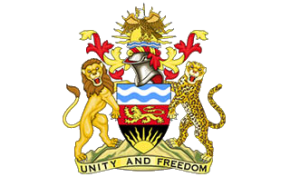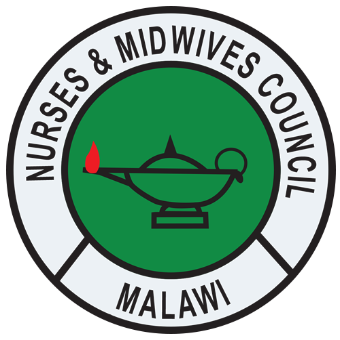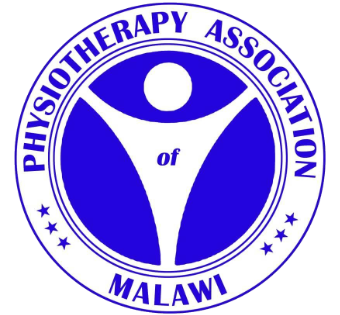The Health in Motion Model
Health in Motion (HiM) is a model of rehabilitation services designed specifically for rural communities in developing countries. At its core is a deep commitment to caring for individuals and restoring their dignity by addressing the physical and social challenges of limited mobility. In these communities, mobility is more than movement—it is the foundation of survival and contribution. For those who rely on 6-9 hours of physical labor daily, injuries or chronic pain can ripple across entire families, disrupting livelihoods and placing an immense strain on everyone.
Accessing care in these areas is a significant hurdle. Basic healthcare often requires an 8-kilometer journey, while rehabilitation services may mean traveling 40 kilometers or more—a journey that can cost a month’s wages. For many, this challenge feels insurmountable, leaving individuals in pain and families struggling to provide care. This burden frequently falls on women and girls, who often give up education and opportunities to support their loved ones, perpetuating a cycle of physical, emotional, and financial hardship.
In response to these pressing needs, the HiM model was developed to bring rehabilitation directly to communities. HiM promotes healthier, physically active communities through informed decision-making and a proactive approach to maintaining physical health. By introducing injury prevention strategies like ergonomic tools and movement training, alongside tailored support for chronic conditions, HiM empowers individuals to reclaim their mobility and dignity. With solutions rooted in daily life and delivered at the community level, HiM alleviates the burden on families and helps foster healthier, more resilient communities.
The Programs
Health in Motion (HiM) provides targeted programs to address the diverse rehabilitation needs of rural communities, focusing on prevention, recovery, and customized solutions.
Injury Prevention
The Prevention program aims to educate communities on the causes of overuse injuries and how to implement strategies to prevent such injuries (ergonomics). Community members are taught alternative movement patterns in daily activities and how to use locally available materials for home modifications beneficial to performing tasks.
Chronic Home Rehabilitation
As we look at the elderly generations who have utilized these traditional patterns of movement for decades and have been injured due to chronic overuse or degenerative limitations, there is a need to extend beyond prevention. The Chronic Home Rehabilitation program aims to assess a patient’s level of physical function and provide relevant stretches to alleviate their symptoms.
Cardiovascular Health
We aim to empower individuals with essential knowledge about the anatomy and function of the heart and circulatory system. Through education, participants gain a deeper understanding of heart-related conditions, including high blood pressure, stroke, and other cardiovascular illnesses. This program emphasizes prevention and promotes heart health by combining awareness with movement-based solutions, helping individuals adopt sustainable practices to improve overall well-being.
HiM Approach
Many daily activities are steeped in tradition, therefore ingraining them with a sense of identity, worth, and value based on how these activities are performed. This poses a challenge in the form of cultural resistance, as our data found 32% of the community denied involvement, despite 92% of those who adopted the model experiencing a marked decrease in physical pain and limitations. Therefore, the onus of acceptance and sustainability rests upon individuals taking responsibility to invest in changes.
To effectively engage communities with our approach, our model employs strategies such as; empowering individuals through knowledge, employing storytelling for cultural discussions, month-by-month movement progression teaching, and community mapping, ensuring that adaptation of topics is custom-tailored to specific environments.
To be effective our programs are taught by local community members who are passionate about development and eager to shape the future by alleviating physical suffering. Through emphasizing prevention and chronic care at the grassroots level we believe that we can ultimately promote physical longevity and significantly enhance the quality of life for both patients and caregivers.
HiM provides our partner organizations with a refined, high-quality program that has been developed over time through our experience and understanding gained via effective community engagement over many years.
.
Program Results
Through our implementation we have reached the following outcomes:
• 89% of participants in the HiM program were pain-free post implementation.
• 76% who were farming 20-45mins, before the onset of low back pain, were managing 4-5 hours pain-free post training.
• Of 32% who were stopping their income generating activities due to low back pain, all were back to managing these activities post implementation.
• Initiating 16 chronic patients in the home rehabilitation program found 9 had independent function withing 6 months.
We continue to trial and develop programs in Nkhata Bay district. This is done in partnership with the DHO (District Health Office) as well as supported by the community chiefs and traditional structures.





